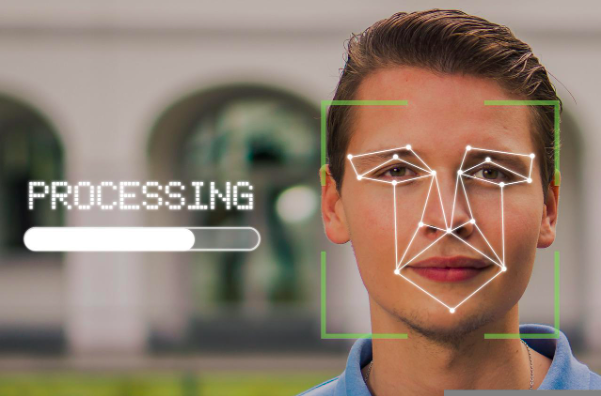

At the Atlas Weekend 2019 music festival the biometric security check pilot project was conducted. The goal was to prevent financial losses based on tickets frauds and to determine the exact numbers of potential losses.
Total quantity of unique visitors registered in the system: 157 410
Total tickets sold: 378 190
Total staff: 9000
A representative sample of visitors under suspicion of security: 15000
Violators detected after verifying the compliance of persons with the system: 523
Average one ticket price: 1000 hryvnias
Total revenue: 378 190 000 hryvnias
An estimate in 3.5% from the total quantity of visitors who transferred the bracelet (committed fraud). In absolute terms, the level of the organizers' forecasted losses from this type of ticket fraud is over 13 million hryvnias.
To eliminate these problems, Atlas Weekend organizers contacted our company to help to solve problems using neural networks and computer vision biometric products.
The Secumetrix system was installed at the Atlas Weekend festival to perform tasks.
 |
Face Recognition
|
 |
Face Analytics
|
 |
Voice Analytics
|
Copyright © codective